2025 Garage Door Design Trends: Modern, Carriage-Style & More

The year 2025 is bringing exciting changes to home exteriors, focusing on garage door design trends. Homeowners want to blend indoors and outdoors smoothly. They also want to let in more natural light and add smart tech. Now, people see their garage doors as part of their living space, not just a way in. This […]
Best Garage Door Colors to Boost Curb Appeal With Real-World Examples
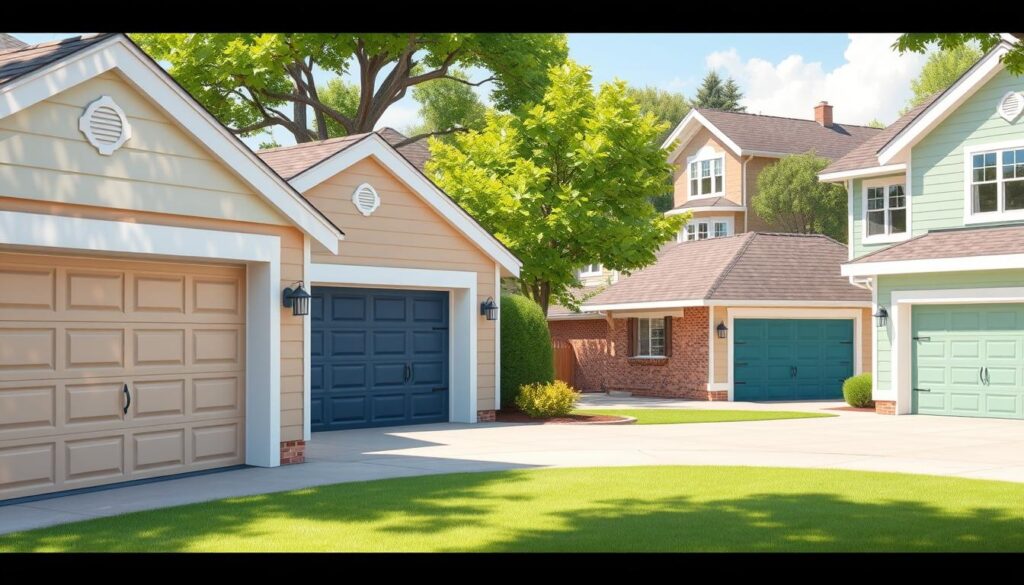
Choosing the right exterior paint color for your home’s entrance is more than taste. It shows your personality and boosts your home’s curb appeal. The color of your garage door is key to your home’s look. It sets the tone for your property’s exterior design. With the right garage door color ideas, you can make […]
Should You Match Your Garage Door to Your Front Door? Design Insights
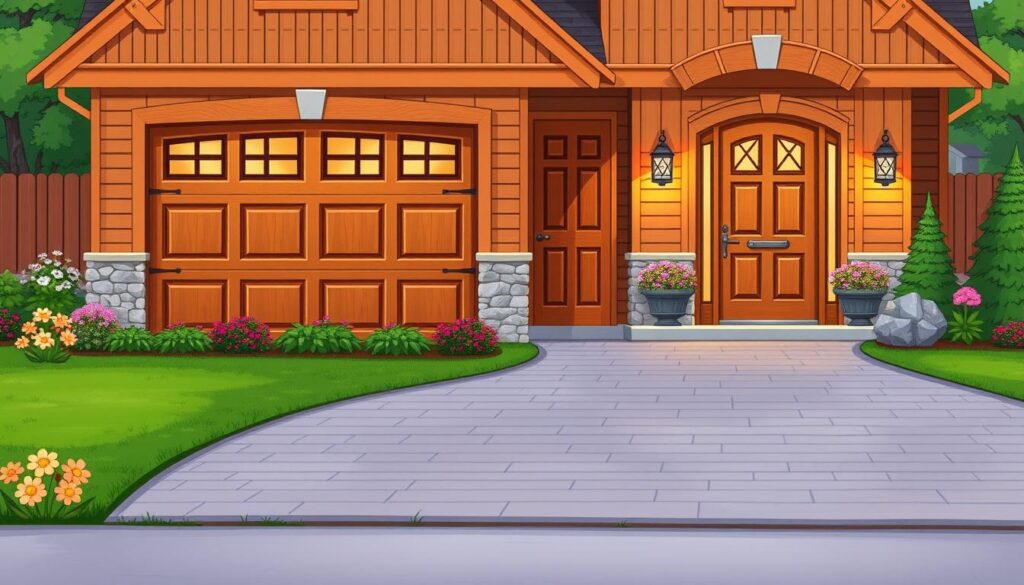
When you’re looking to improve your home’s curb appeal, think about your garage door and front door. A well-coordinated look can really make your home stand out. Spring is the time for home improvements, and many are focusing on the outside. The trend of matching garage and front doors is becoming more popular. It makes […]
How Arizona’s Weather Impacts Garage Doors & What to Do About It
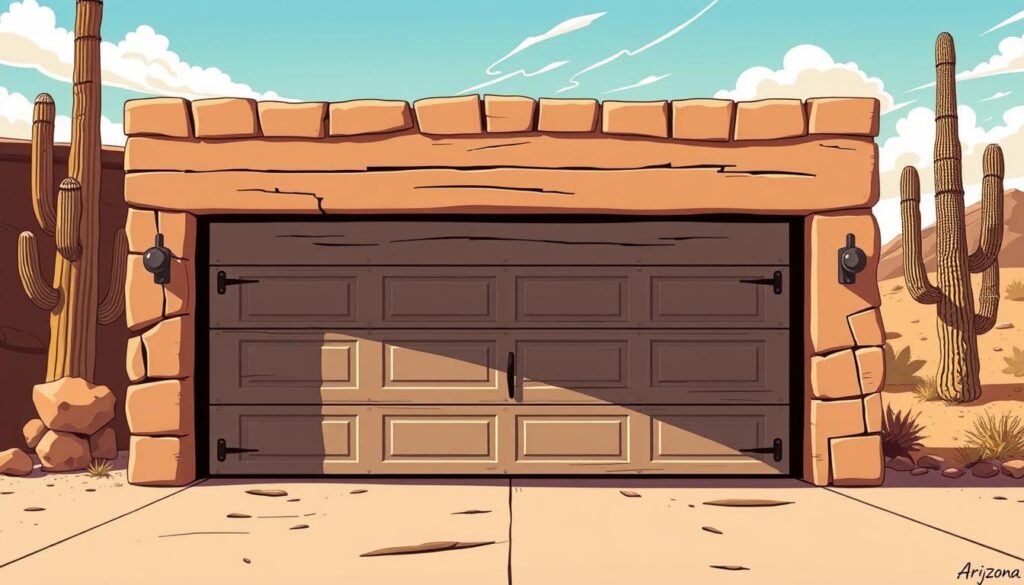
Arizona’s weather is known for its intense heat and unpredictable storms. These harsh conditions can significantly impact the functionality and longevity of garage doors. It’s important for homeowners to understand how Arizona’s weather affects their garage doors. The state’s extreme temperatures can cause garage doors to expand and contract. This can lead to damage over […]
How to Soundproof Your Garage Door for Quieter Living or Working Spaces
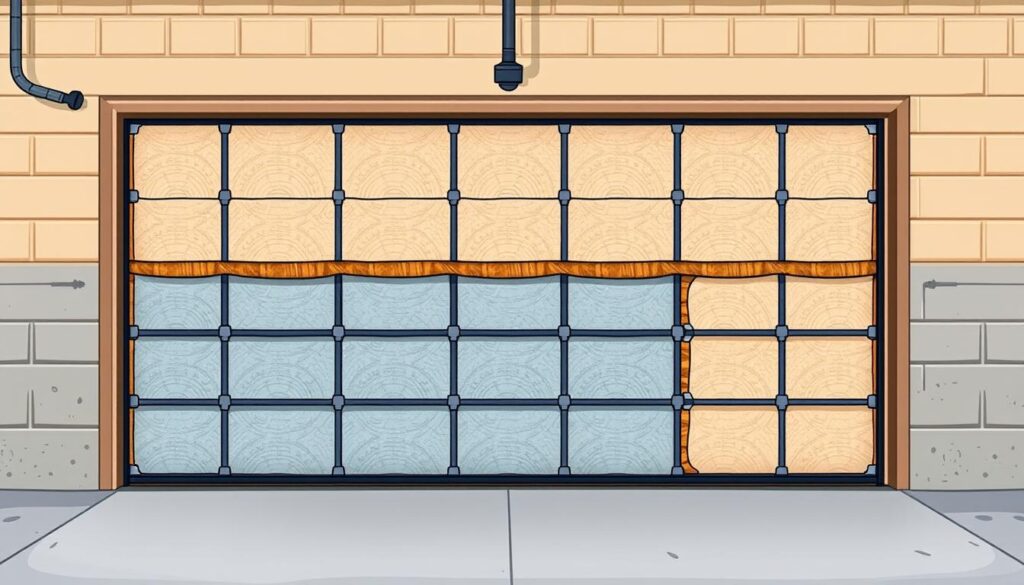
A quieter home or workspace is essential for productivity and relaxation. Garage doors are often overlooked as a source of noise. Noise transmission through them can greatly affect your comfort. Soundproofing your garage door can be a game-changer. It reduces the noise that enters your space, making it more peaceful. This is very helpful for […]
Garage Door Installation Cost Breakdown: By Type, Material, and Size
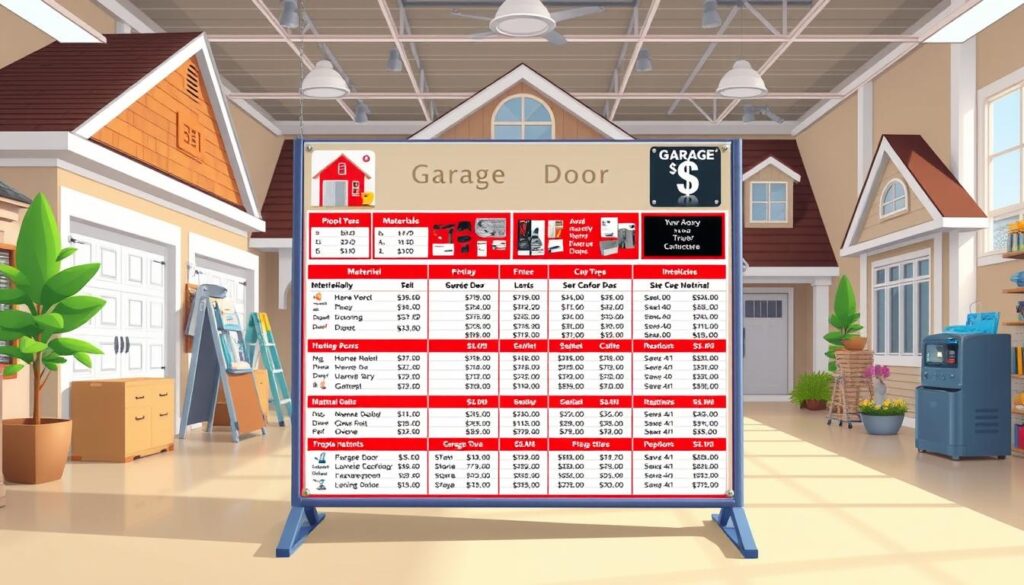
Knowing the cost to install a garage door is key for homeowners looking to replace theirs. The average garage door installation cost falls between $550 and $1,800. Several things affect the total cost. These include the type of garage door, its material, and size. A detailed garage door installation cost guide helps homeowners plan their […]
Discover the Best Garage Door Bottom Seal Types
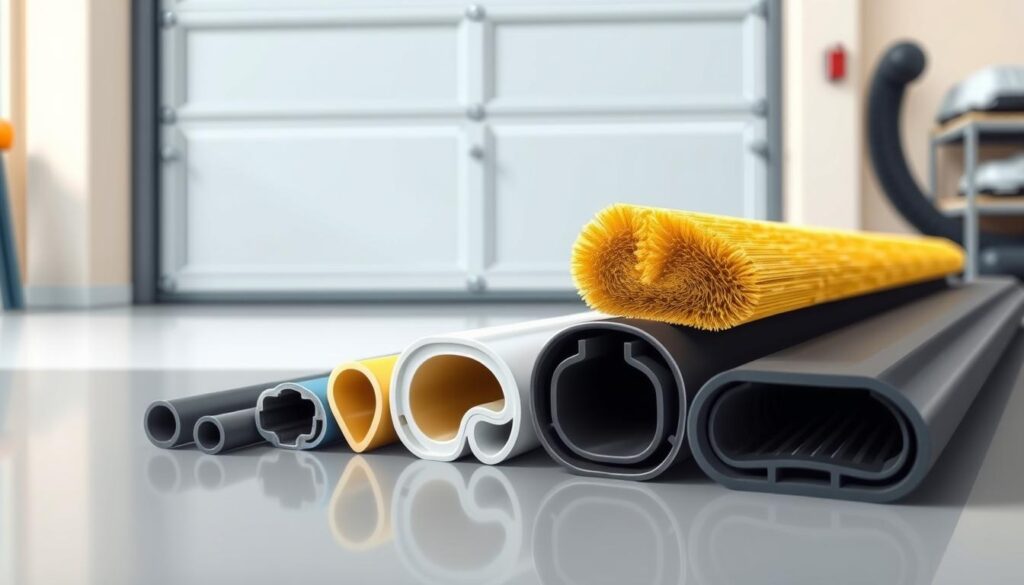
Most homeowners know weatherstripping doors and windows saves energy. But, they often forget about the garage door’s bottom seal. These seals, made of vinyl or rubber, keep out drafts, water, and pests. Without the right seals, homes lose energy and can get damaged by moisture or critters. Choosing the right seals means your garage door […]
Discover Stylish Garage Doors with Windows for Your Home
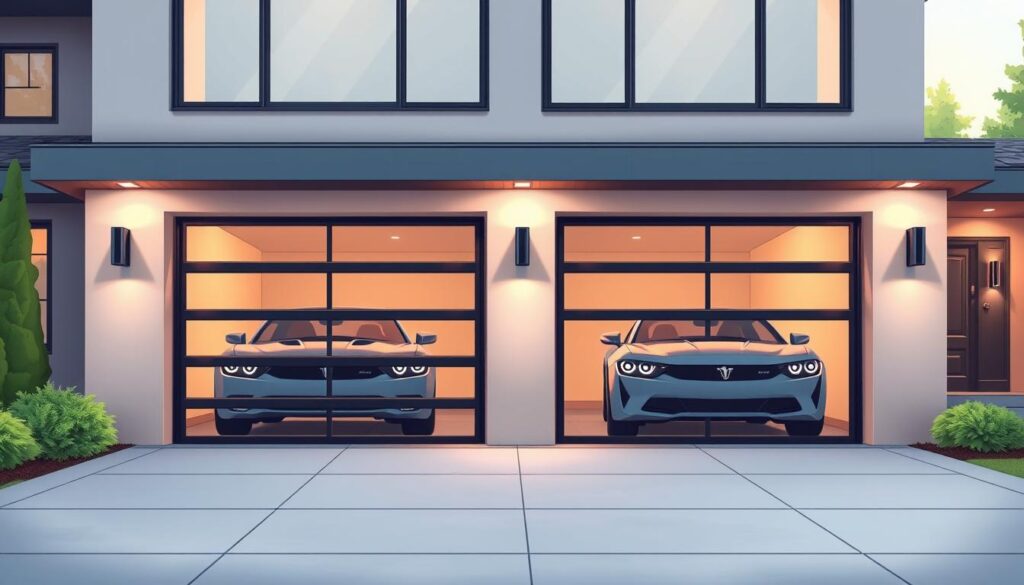
Modern garage doors with windows are changing how we see home design. They turn a simple space into a stylish highlight. Today’s designs mix looks and use, helping homes look better and worth more. Studies show homes with nice garage doors can increase in value by 4% to 5%. This shows how important they are […]
How Garage Doors Impact Curb Appeal in Queen Creek’s New Builds
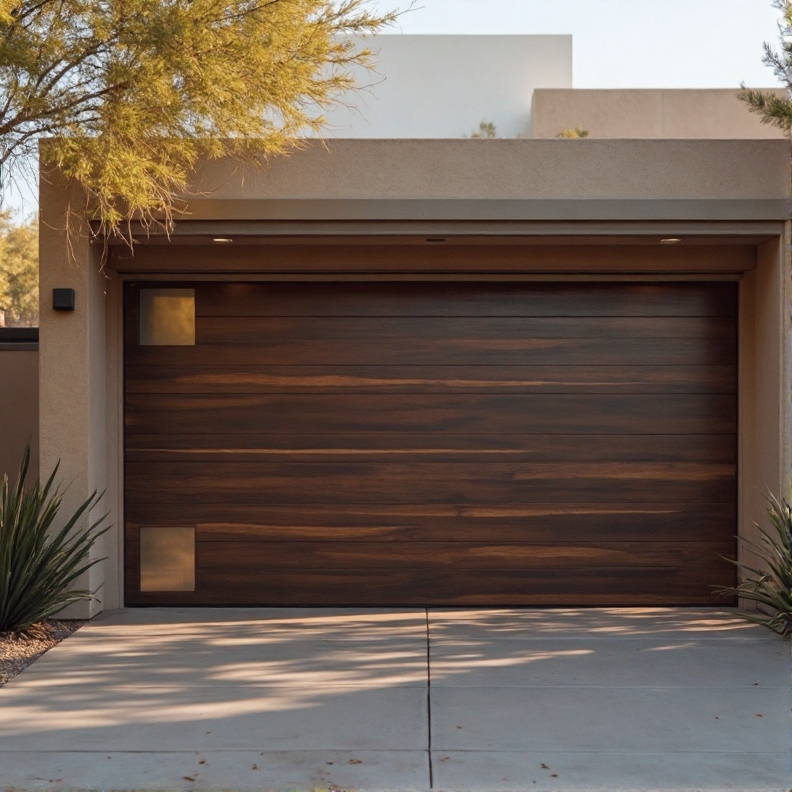
In Queen Creek, new homes are going up faster than the Arizona sun sets. From Eastmark to Barney Farms, developers are building modern, sharp-looking homes by the dozen. And as any local realtor will quietly admit, one thing buyers always notice — but rarely mention — is the garage door. It’s a silent deal-breaker or […]
Find the Perfect Garage Door Insulation Kit for Your Home
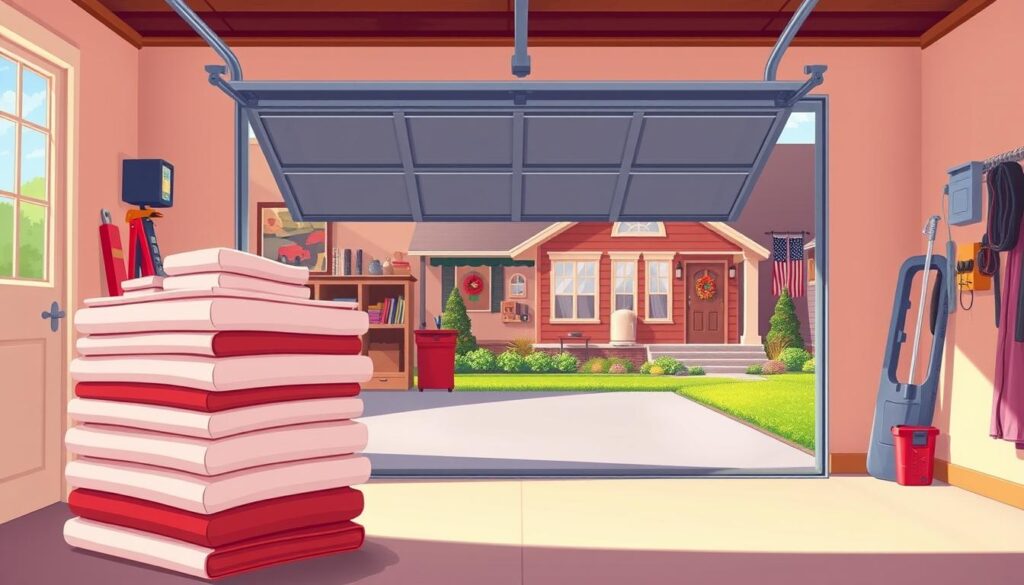
Are you looking for the best garage door insulation kit? Insulation makes garages warm and cozy. We tested 5 top kits for a week. Insulated doors kept the inside 8–10°F warmer in winter. This guide helps Moline, Illinois homeowners. It shows how to pick kits that save money and make homes comfy. Garage door insulation […]
